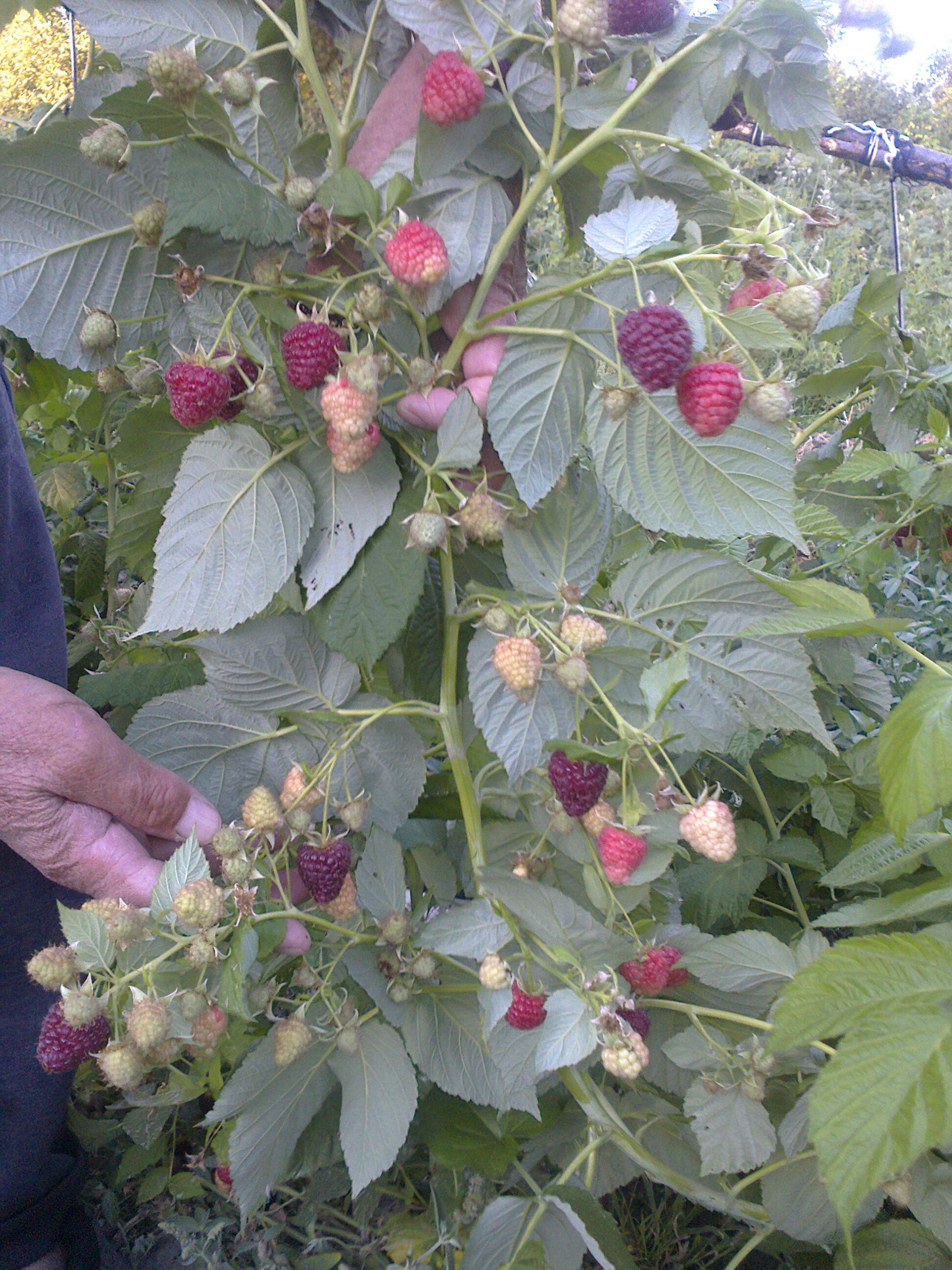An Overview Of Our Solution
- Population Impacted:
- Continent: Asia
Organization type
Population impacted
Size of agricultural area
Production quantity
People employed
Describe your solution
Describe your implementation
External connections
What is the environmental or ecological challenge you are targeting with your solution?
Describe the context in which you are operating
The modern traditional agricultural technologies used in Kazakhstan have exhausted all their possibilities for increasing the yield of crops. In addition, the use of various fertilizers, chemicals, pesticides, poisons caused degradation of the soil (about 65-70% of the area), environmental pollution and destruction of local ecosystems. The yield of fields does not increase, and it falls steadily in some cases. The average yield is 1.8-2.2 times less than the average in the world. This phenomenon is observed everywhere, even in well-maintained personal household plots of the rural population. Another problem is the predominance of treated agricultural products in the market with suspicious quality which threatens human health due to the high composition of variety of synthetic additives, high level of nitrates, etc. The cost of goods produced in such way is increasing. The main reason for this situation is illiterate, incorrect and consumer treatment to the land. Agricultural lands become unusable, they are sick and in need of urgent treatment. “chemicalization” and "intensification" is no longer necessary. But the resources for restoring the life-giving power of the soil are laid in the Nature itself. And our task in this process is to create appropriate conditions for the restoration of natural biological and biochemical processes in the soil, without violating the laws of circulation and metabolism established by nature in this particular ecosystem (the soil surroun
How did you impact natural resource use and greenhouse gas emissions?
Language(s)
Social/Community
Water
Food Security/Nutrition
Economic/Sustainable Development
Climate
Sustainability
The payback period of the project is 1.5 years. For the development of project technologies,
grants or subsidies are preferable for beginners. For 2-3 years,
the market revenues can provide development of the project.
Return on investment
Entrant Banner Image

